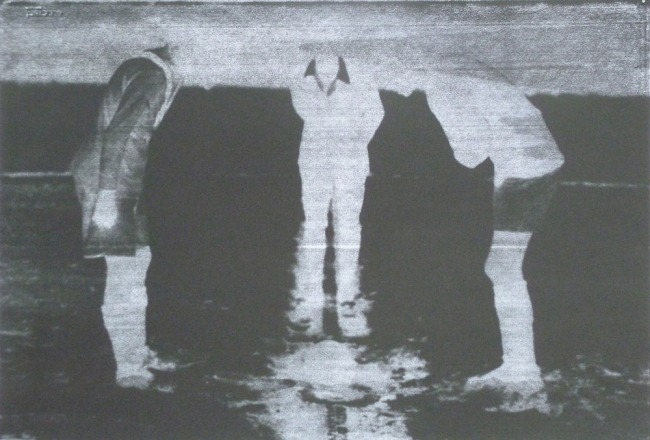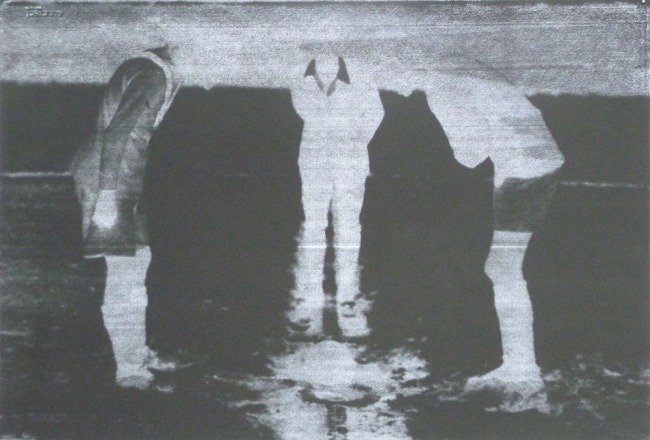I have undertaken to try and produce a range of artworks that are eminently forgettable. I want to see if I can erase my ego and produce works that are unnoticed or eclipsed by the setting or the everyday around them. I want to do this for several reasons, firstly to push my thoughts on memory and art and secondly, to understand why some artworks are forgotten, and what is happening in the process of forgetting. I hope that this exercise will shed some light on how the memory works and whether it is possible to consciously produce forgettable art or whether art becomes forgettable because its bad, indistinguishable from works around it, falls outside the artistic canon or for some other reason.
So sitting down with materials and ideas, I begin making work. But none of it so far appears to be forgettable. Am I doomed to failure before I start or is there something else going on in the way I make art.
With colleagues this week I showed them the work I’ve been making and solicited their feedback. But I could have answered the question myself. The work I made was memorable, particularly the film (working title armless which will become The Jealous Memory).
I think this is happening because before I can make new work I often have to purge myself of all the remaining ideas for work that have been swilling around my head for weeks, months or sometimes years. These ideas have a habit of popping up after a gestation and I cant do anything until I have attended to them.
It is curious. As an undergraduate, I found that I sometimes was at my most creative after a unit hand-in. It was as if I had been incubating a body of work during the preceding period and adrenalin or the relief of completing and handing in work unleashed an excess of creative energy that I could not ignore. Sometimes in these post-hand in periods I often produced some of my best works – like the piece which was short-listed for the Jerwood Drawing Prize – this and the other pieces linked to it emerged in one of these creative orgies.
So in the past few weeks I have made 7 artworks worthy of documenting and sharing, and another 3 are in production. What then of the project to realise the forgettable? Clearly, I have failed thus far and with several other works doomed to fail I am seriously running out of time or energy to attempt my quest. It may be that after this period of artistic fecundity, I will have provided myself with the space to attempt the works I plan, although, I know not what form they will take. I am thinking about the pared down or stripped back aesthetic of artists like Gedi Sibony or Carla Black but I wonder whether that is too easy an ambition to seek to develop or whether it is too darn difficult and that to make things which seem simple is in fact the most challenging artwork to make.



